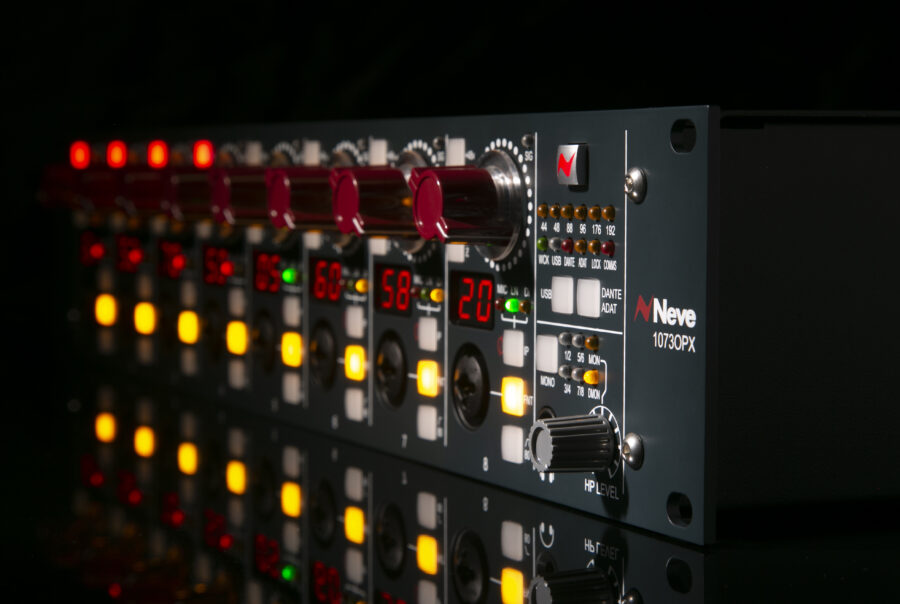The dedication and pride we take as a company, our commitment to sourcing only the highest quality parts from the UK and maintaining the spine of our engineering team from the 1960s – has helped keep the 1073® the most desirable preamp on the market. Not only that, we have continued to advance – taking the 1073 technology and adapting it to meet the needs of the modern workflow.
Early Valve Technology
Rupert Neve’s early pro audio career began by creating valve-based consoles in the early 1960s. One of Rupert’s first valve consoles resides in the Neve® factory in Burnley, UK. In the mid-20th-century, valve circuitry was used throughout the audio industry, from radio receivers to guitar amplifiers. While widely used, valve circuitry had its drawbacks. Valve amplifiers were expensive, bulky, hot & inefficient and, by the early to mid-1960s, valve amplification technology had begun to run its course. In the mid-1960s, a paradigm shift was underway, and a new age in electronic design had begun. As the industry adopted solid-state designs, tiny, efficient transistors began to replace the bulky, inefficient valves.
Pictured – An early custom mixer, on display on the Neve exhibition floor at the Burnley HQ
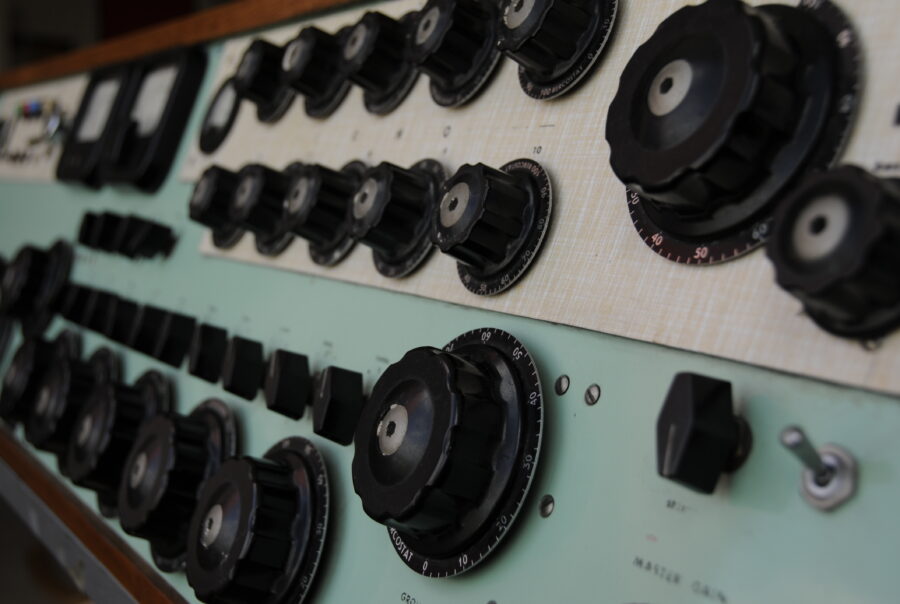
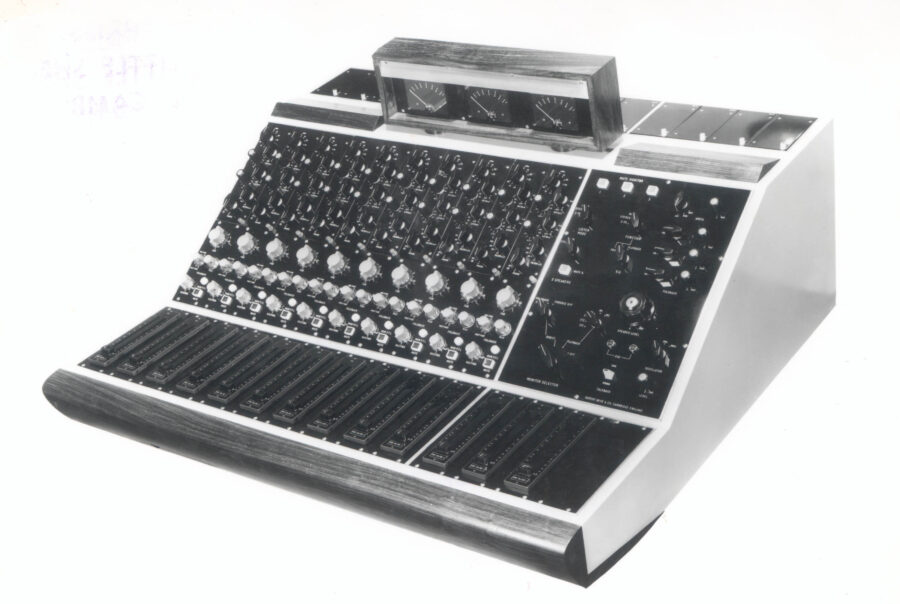
Pioneering Solid-State Design
The first commercially available transistors in the early 1960s were germanium based; they were much more affordable than valves and could be used to create compact and powerful amplifier circuits. Rupert latched on to the capabilities of germanium transistors, and after some experimentation, germanium transistors were installed into the early black-fronted 1056/1058 preamp & EQ modules. At this point, the benefits of solid-state design were evident, leading to Rupert moving away from valve designs entirely. In 1964, Phillips Recording Studio London commissioned Rupert to build a recording console, which adopted the new transistor-based module designs.
Pictured – Phillips portable 10-channel console
Silicon Transistors
While smaller and more affordable than their valve predecessors, early germanium transistors suffered from inconsistent performance. A solution came in the form of commercially available silicon transistors that transformed the electronics industry entirely. The first to be used in audio, the BC107, released in 1966, had a more predictable performance than its germanium predecessors, had better noise figures and was cheaper to produce. Neve Electronics experimented with the new BC107 and BC108 silicon transistors and were pleased with the results. The BC107 transistor was first used in amplification designs from 1966 to 1968, namely the 45-series 1063 and 1066 modules. The success of the 1066 was immediately evident; it was Rupert’s best preamp design so far, producing plenty of gain with a reliable response. The 1066 modules were installed into the first BCM10 console in 1969.
Pictured – A BC107 silicon transistor
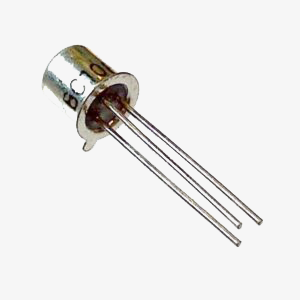
Rupert continued to experiment with audio transistors and found that the BC182 and BC184 transistors had an even better performance than their predecessors. These transistors were used to create a new preamp/EQ module… the 1073®
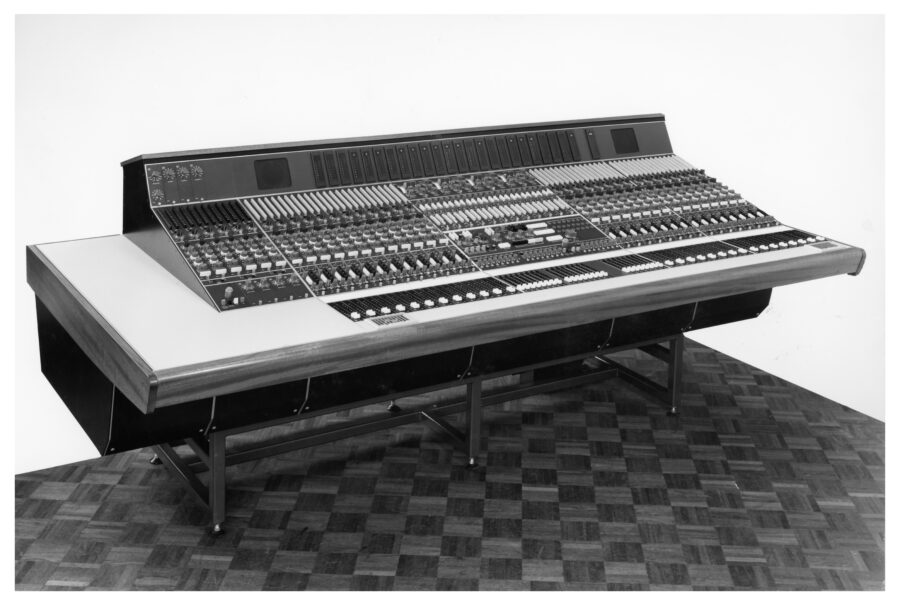
The Wessex A88 Console
Neve Electronics had gone from strength to strength, building consoles for facilities worldwide using Neve Electronics’ new solid-state designs. In 1970, Wessex Studios in London commissioned Rupert Neve and his team to create a console for music recording; it needed excellent signal isolation, powerful preamps, and an EQ section that complimented the musicality of any signal source. This console would become known as the Wessex A88…
The Wessex A88 used a 45-series module size for its input stage, this modular build allowed for easy maintenance as the complex input sections could be removed and swapped with ease. Earlier modules such as the 1066 module used this format also, but rather than use existing module designs; the Wessex A88 was the first to employ the new module – the Neve 1073…
Pictured – The Neve A88 commissioned by Wessex Studios in 1970
The 1073® Preamp
The unique gain staging employed in the 1073 module uses two distinct transistor-based gain stages on the input stage, layered on top of each other; these amplifiers do the heavy lifting, bringing the level up to -15dBu. The final transformer-coupled output amplifier then brings the signal level up to line level. This unique layout helped produce the high gain level required for music recording. In the 1960s & 70s, class A amplification design was still the best way to amplify an audio signal, with one amplifier handling 360° of the waveform. By having multiple class-A gain stages working together, the 1073 was more efficient than its predecessors. Additionally, this design allowed the 1073 preamp to handle low and high sensitivity microphone sources while maintaining a low noise floor.
Pictured – The iconic 1073 red gain switch
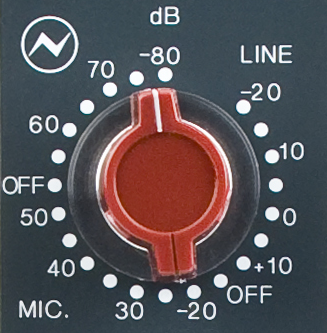
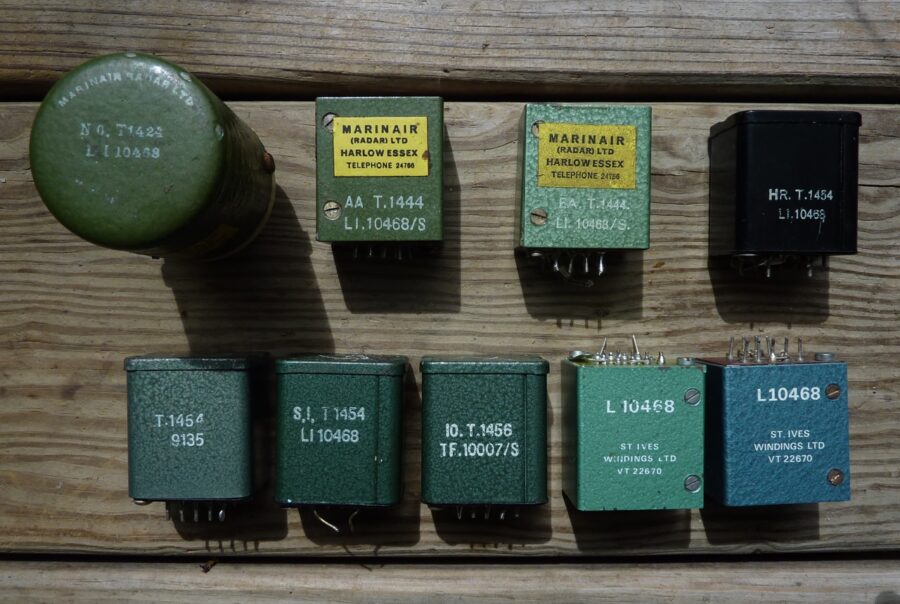
Transformer Design
Rupert had designed and utilised custom-made transformers for several years. He created the LO1166 gapped-output transformer himself, while the creation of the 10468 microphone input transformer and the 31267 line input transformer had resulted from the collaboration between the Marinair Radar company and Neve Electronics in 1967 & 1968.
Early Neve broadcast consoles had signal isolation at the forefront of their design. This philosophy was taken into the 1073® modules, using input and output transformers to keep the signal source isolated from hum and interference. The transformers used in the 1073 modules were installed primarily for signal isolation & gain staging, but this design had an unexpected benefit – A subtle, harmonic saturation was introduced to the signal, producing pleasant-sounding musical results. This sound colouration, of course, was never intended; Rupert’s goal was to create the most transparent sounding, high-performance audio equipment possible with the technology available at the time. However, the subtle imperfections created throughout the 1073 circuitry have become audio gold over the years. They have been a critical factor in creating some of the best-recorded music spanning the past five decades.
Pictured – A collection of early Marinair transformers
Inductor-Based EQ
The 1073® module has a mid-band inductor-based EQ with an independent choke-coupled high pass filter. This EQ circuit was designed for musicality with gentle sound-shaping across low shelving, mid bell-curve, and high shelving bands. The fixed frequencies of each band were carefully selected for optimal use in a music recording console since they had to perform across a wider frequency band of material than consoles used in the speech-focused broadcast industry. The inductor-based technology produced resistances at fixed frequency points across the spectrum that could be cut or boosted. This design, again, had unintended benefits of imparting an ‘analogue hue’ when engaged.
Pictured – Custom specification inductors for the 1073N
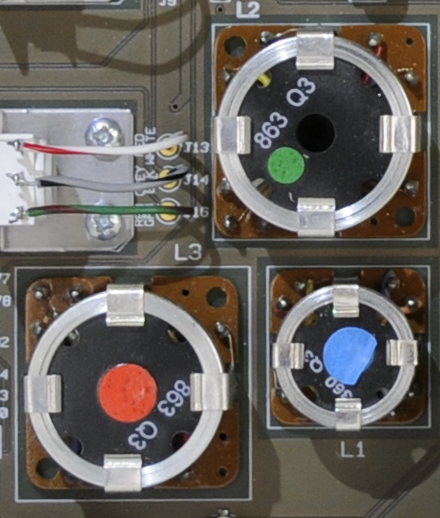
The Wessex A88 became widely renowned in professional audio circles for its sound quality, and the 1073 modules were primarily credited for this. Throughout the early 1970s, the 1073 module was used extensively on standard recording consoles 8014, 8018, 8028, 8024, 8026 and broadcast consoles 5003, 5004.
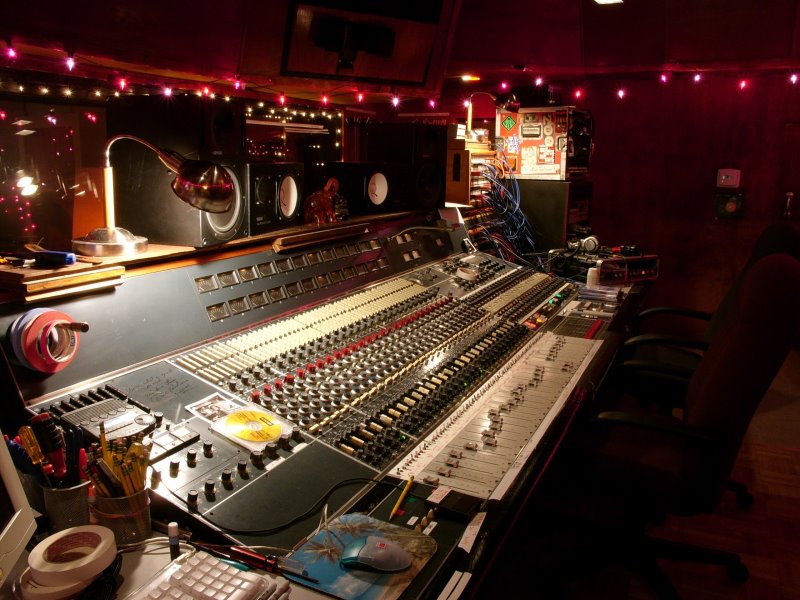
1073 Early Evolution
The 1073 design continually evolved and improved over time. The 1088 module developed the 1073 design further with the addition of a ribbon microphone input, and the 1084 featured frequency selection points for the high band and a mid-hi-Q setting. Early 1084 modules were fitted into the legendary Sound City 8028 console, now housed in Dave Grohl’s studio. The iconic 8068 consoles used a 4-band evolution of the 1073 with a variation on the input arrangement – the 31102 module. Many of the consoles to use 1073 modules or variations thereof have become legendary in their own right, and many still exist today, housed at the worlds premier studios.
Pictured – The iconic Sound City 8028
The First Outboard Racks
Neve consoles gained a fantastic reputation in the industry, and many audio professionals demanded the ‘audio magic’ that the 1073 module delivered. However, over time, as some studios went out of business and the consoles were decommissioned, audio engineers began removing the 1073 modules to use as portable preamp racks – given the name ‘outboard’. These early, mobile, outboard units would follow the engineer’s throughout their recording career as they travelled around the world. Over time, the demand for the 1073 modules increased, but the units were so rare that they quickly became valuable and highly sought after in the industry.
Pictured – Eight 1073 modules, housed in a 5U 19″ rack
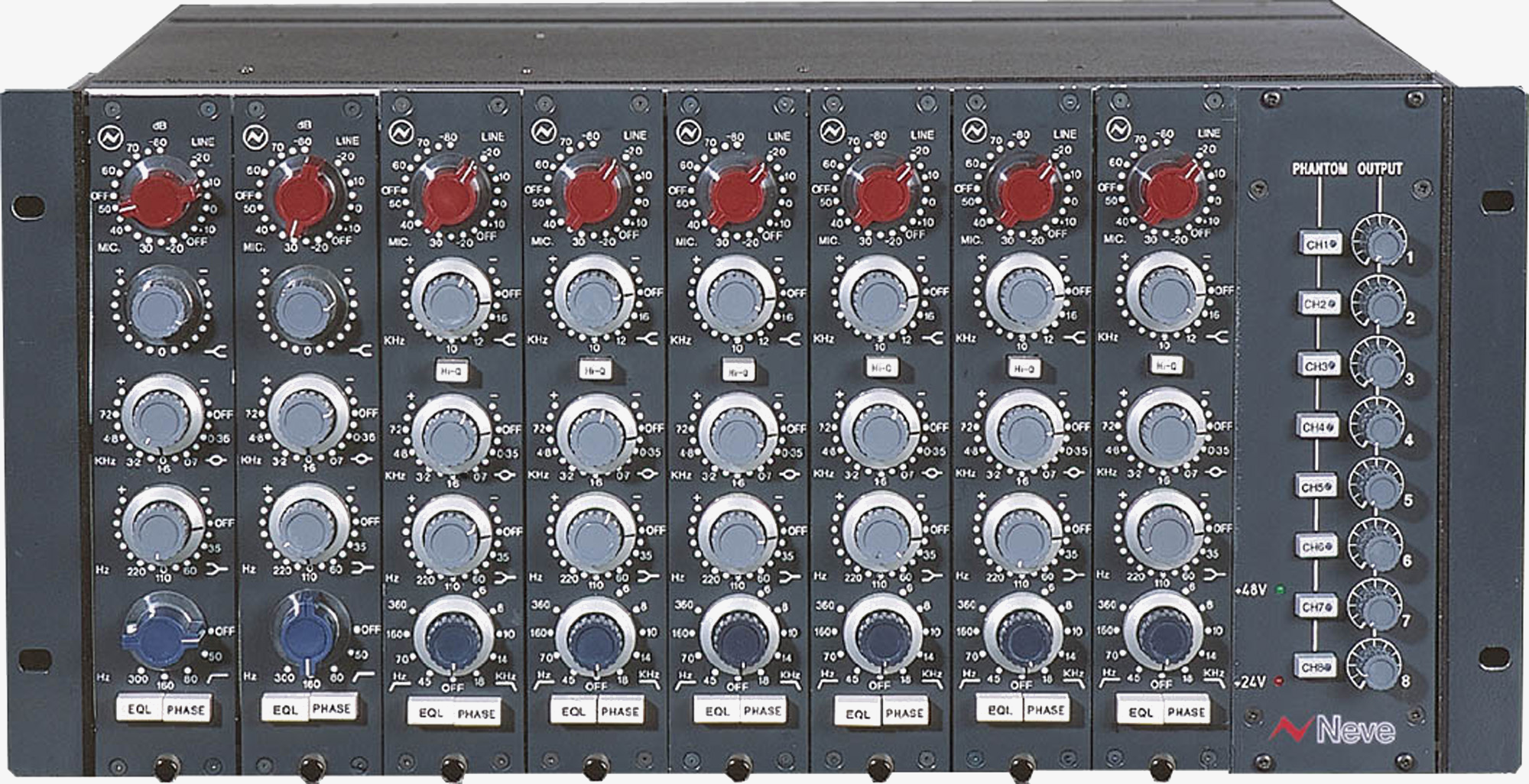
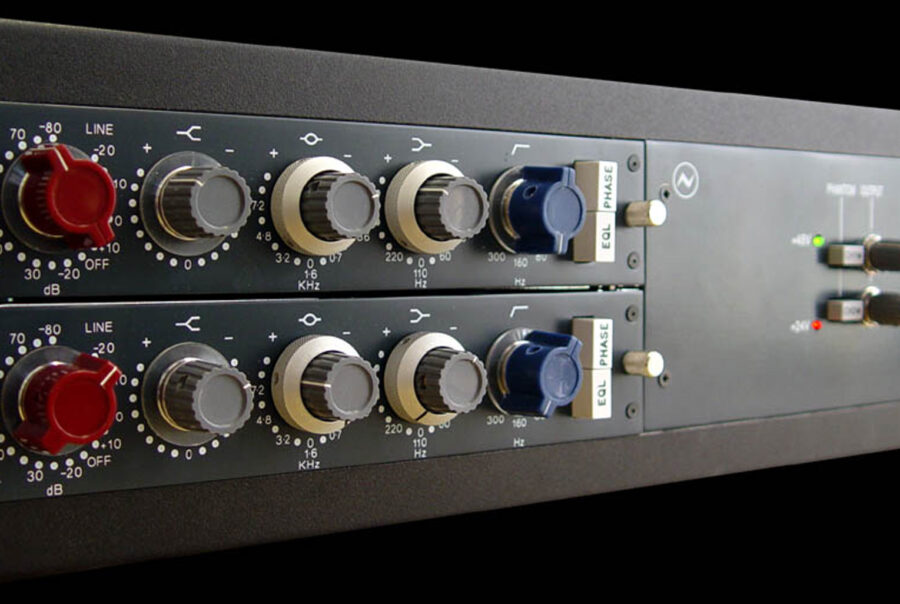
The Modern 1073
The 1073 classic modules built today in Burnley, UK, use the original boards, fibreglass tracking, connectors, and switches used to make the 1970s models. Neve continues to use thru-hole components and point-to-point wiring to maintain each unit’s ‘hand-crafted feel. We produce the original, exclusive 1073 design – we even use some pencil-on-paper details never published in the public domain. The 1073 modules built-in Burnley are labour intensive, allowing us to keep the classic 1073® craftsmanship identical to the 1970s builds. There are a few minor advancements to the original; we’ve updated the pots to SFER conductive plastic pots, which have a much better feel than the old E-series pots (which were carbon and weak).
Pictured – Two 1073 modules, housed in a 3U 19″ rack
1073 Modern Evolution
The 1073 has reigned supreme for the past 50 years as the world’s best-sounding preamp. Over the years, the Neve research and development team have continually worked to improve the design of the 1073, pushing the boundaries to enhance its connectivity, portability, and functionality to suit the needs of today’s studios. The modern 1073’s come in many shapes and sizes, from 19″ rack format to 500 series module size and have many additions to improve workflow and usability, such as the Dante Audio-over-IP digital conversion found in the eight-channel 1073OPX. Each new product may take on a new feature or improvement, but crucially, the premium sound quality of the original 1073 is produced by all the modern iterations.
Pictured – The 1073OPX
